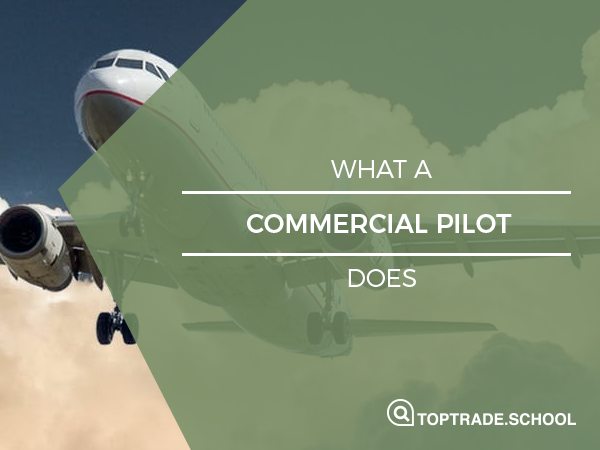What’s the difference between an airline and commercial pilot?
Commercial pilots have the Federal Aviation Administration’s blessing to fly for hire and the generally fly search and rescue, firefighting, aerial photography, chartered flights, and crop dusting.
Airline pilots fly for airlines that take people and cargo from one place to another on scheduled flights. Airline pilots can fly as commercial, but not vice versa.
What does a commercial pilot do?
A commercial pilot’s daily checklist includes:
- Inspect the plane before flying.
- Make sure the balance and weight of the plane are good.
- Fill up the gas tank.
- Give your flight plans to air traffic control.
- Keep in contact with air traffic control during the duration of your flight.
- While you’re in the air, make sure all systems are in check.
- Be adaptable to changing weather patterns.
- Using the onboard equipment, navigate the aircraft to and from your destination.
How do you get a commercial pilot license?
To get your commercial pilot’s license from the Federal Aviation Administration (FAA), you must:
- Get your high school diploma.
- Be at least 18 and have completed a required amount of flight training hours.
- Attend flight school, either through a community college, trade school, or independent FAA-certified aviation school.
- You’ll need to log in at least 250 hours of flight time and 1,500 hours of ground school are required, which you will keep detailed record of in a flight book.
- You’ll need to start out as a commercial pilot before becoming an airline pilot. The minimum flight hours for many commercial positions is 500.
- Many commercial pilots begin their careers as flight instructors or charter pilots in order to gain more experience and instrument ratings.
What is the salary of a commercial pilot?
You can expect your median salary to be $77K annually. The top 10 percent of commercial pilots earn $147K. The states that pay the highest salaries are Connecticut ($127K), Illinois ($112K), Georgia ($108K), Maryland ($100K), and New Mexico ($99K). Many pilots do begin their careers earning a salary of $20K until they gain enough experience. Expect highly irregular hours, including long nights, weekends, and holidays in the air.
Can someone with a commercial pilot’s license find a job?
Very slow growth is expected for commercial pilot employment, with around 1,600 new positions opening through 2026. The industries you will find the most available jobs will be non scheduled air transportation ($86K), working in technical and trade schools ($76K), support for air transportation ($89K), ambulatory health care services ($81K), and support activity for crop production ($89K).
References:
